Recently, the annual college entrance exam concluded successfully amid the sweltering summer heat. According to the latest data from the Ministry of Education, the number of candidates registering for the 2024 college entrance exam reached 13.42 million, an increase of 510,000 compared to the previous year, showing a continuous upward trend. This huge number is enough to make people feel the intense competitive atmosphere of the college entrance exam. Globally, only India, the world's most populous country, can rival China in terms of the scale and pressure of college entrance exams.
However, the "exaggeration" of India's college entrance exams is not only reflected in the number of candidates but also in the cruelty of the competition. Unlike Chinese students, who have certain options and leeway in exams, Indian students who fail the college entrance exam almost face a future with no way out. This grim reality is not fictional; it has been truthfully portrayed in numerous Bollywood films. Some students, unable to bear the enormous pressure of failing the college entrance exam, have chosen to end their lives—a heartbreaking phenomenon.
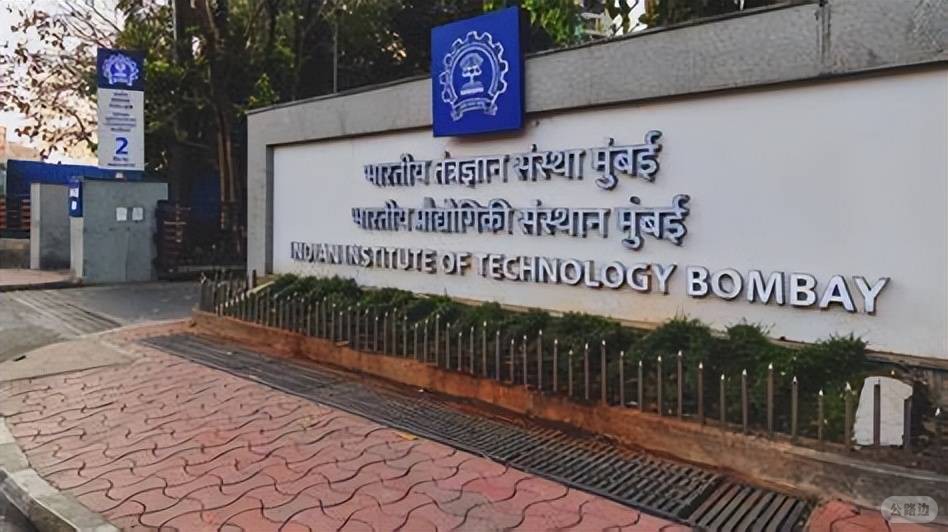
This "thousands of troops crossing a single-plank bridge" scenario in India's college entrance exams has also contributed to the prosperity of its higher education system. India's higher education system ranks third in the world in terms of scale, second only to the United States and China. An interesting survey shows that Indians are increasingly visible in Silicon Valley, the world's technological innovation hub. Statistics indicate that approximately 15% of tech companies in Silicon Valley are founded by people of Indian descent, and Indians hold 7% of CEO positions in leading tech enterprises. Around one-third of engineers working in globally renowned companies such as Apple are from India.
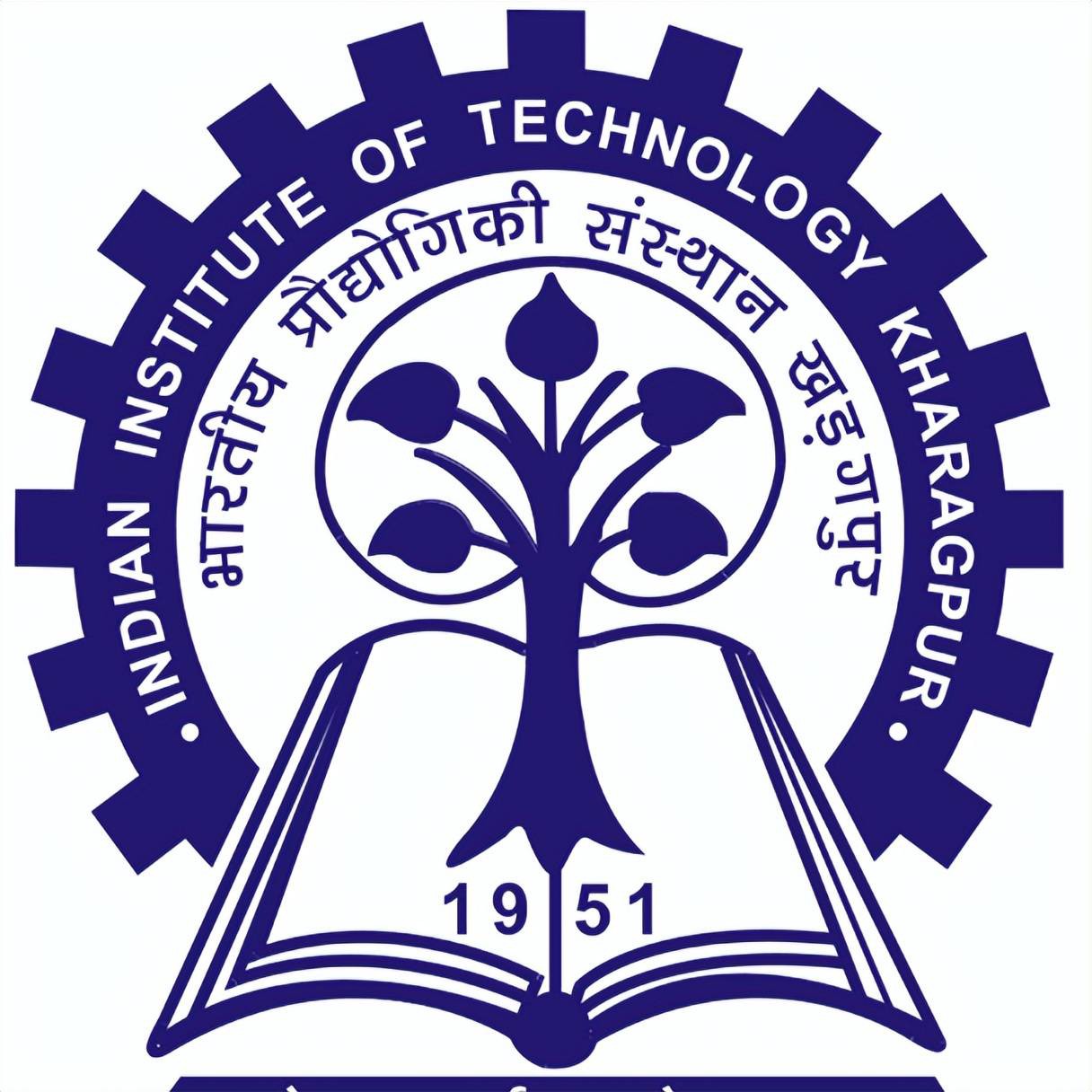
Behind these data lies the strength of India's higher education system in cultivating elites. Students who gain admission to India's higher education system are almost all exceptionally outstanding elites. However, behind this success at the top lies the "hell-like" learning experience and enormous pressure endured by countless Indian students.
So, what exactly is India's college entrance exam system like? Why has it created such a harsh "college entrance exam hell"?
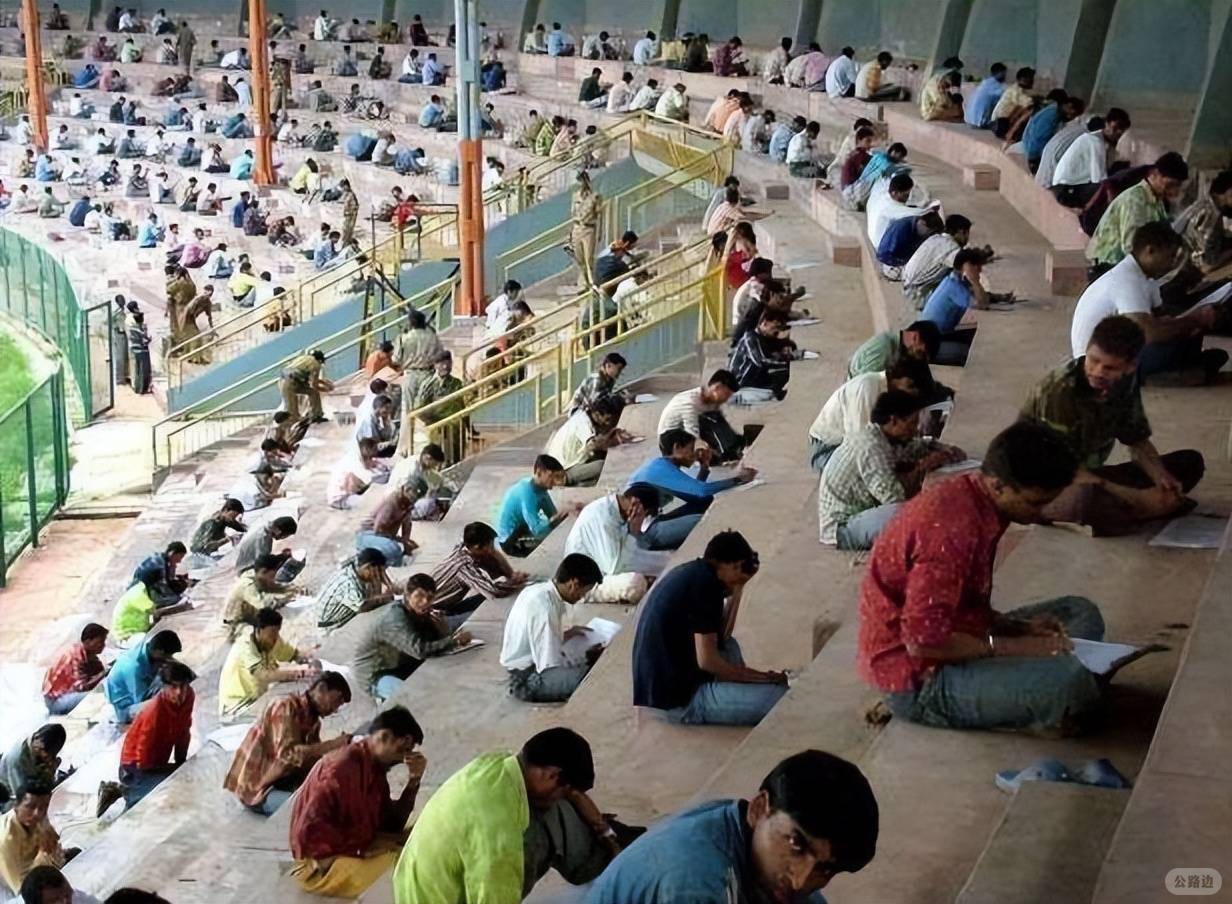
China has a large-scale education system. To ensure fairness and uniformity, the government has implemented multiple reforms, ultimately establishing the current college entrance exam system. Chinese students who wish to enter university must take the national unified college entrance exam organized by the Ministry of Education, with exam papers uniformly set by the state to ensure consistent assessment standards.
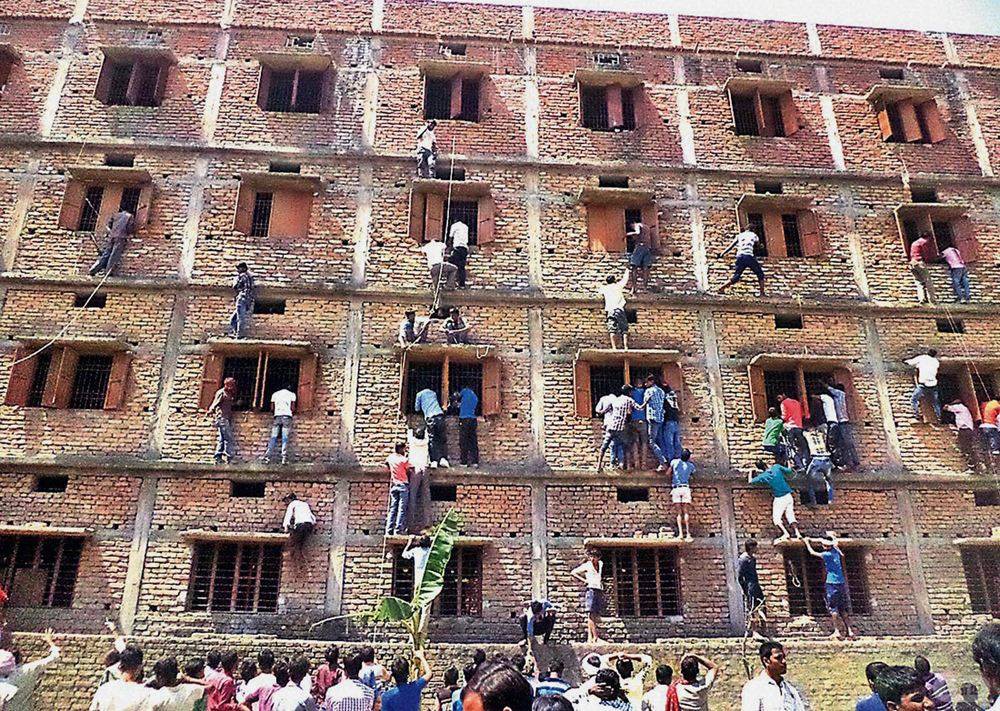
In contrast, despite having a similarly large population, India's college entrance exam system is entirely different. India does not have a national unified college entrance exam; instead, each university organizes its own admission tests. Candidates must pass the independent exams of various universities to be eligible for admission. More complicatedly, Indian students have to go through multiple rounds of screening before taking university entrance exams.
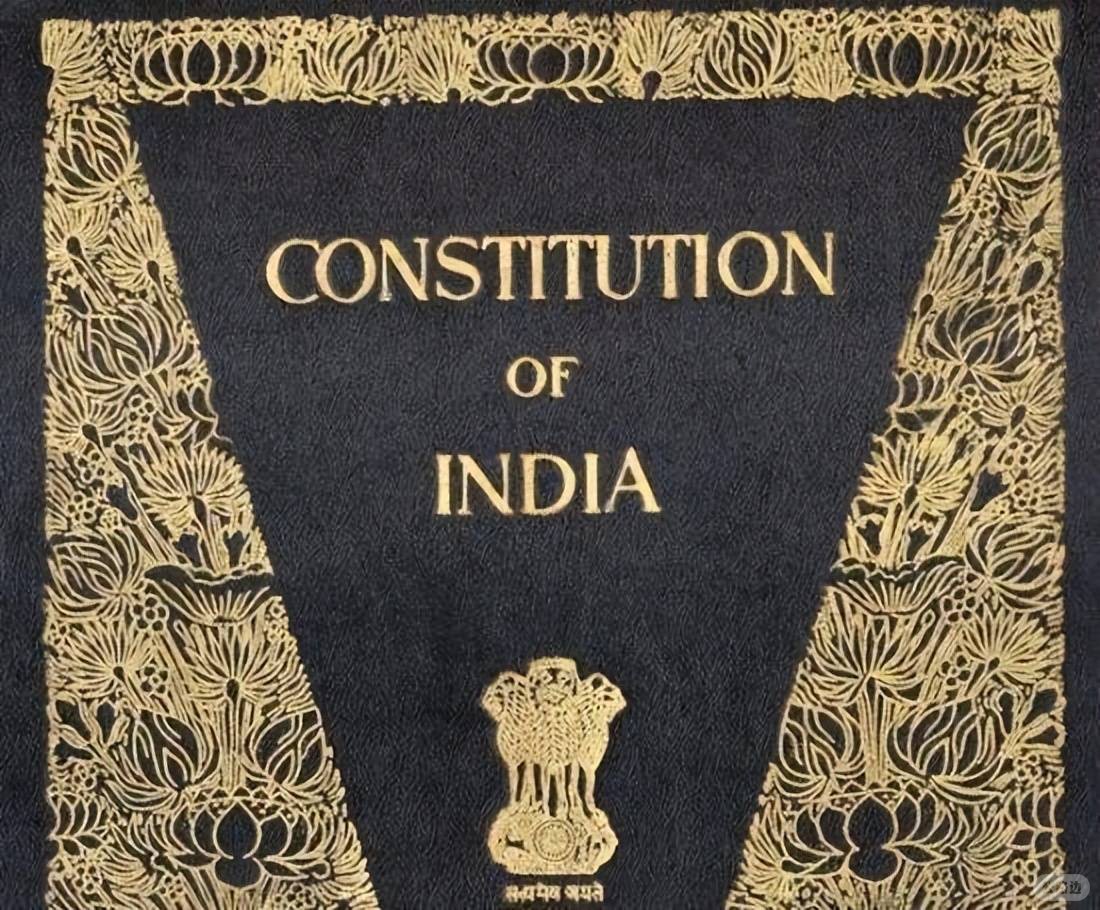
After completing 12 years of compulsory education, Indian students are required to take a national unified 12th-grade graduation exam. Similar to China's high school academic proficiency test, this exam signifies the completion of the basic education stage. Although it only marks the end of basic education, its results still serve as an important reference for university admissions in India.

Subsequently, based on their interests and future plans, Indian students take entrance exams related to science and engineering or medicine. Exams for Indian Institutes of Technology and medical colleges are particularly popular, as becoming an engineer or doctor not only represents social status but also implies a decent career and high income. Only students who pass these professional exams are eligible to participate in the final selection of universities. Some students with exceptionally outstanding grades may even be exempted from exams and directly admitted to universities.
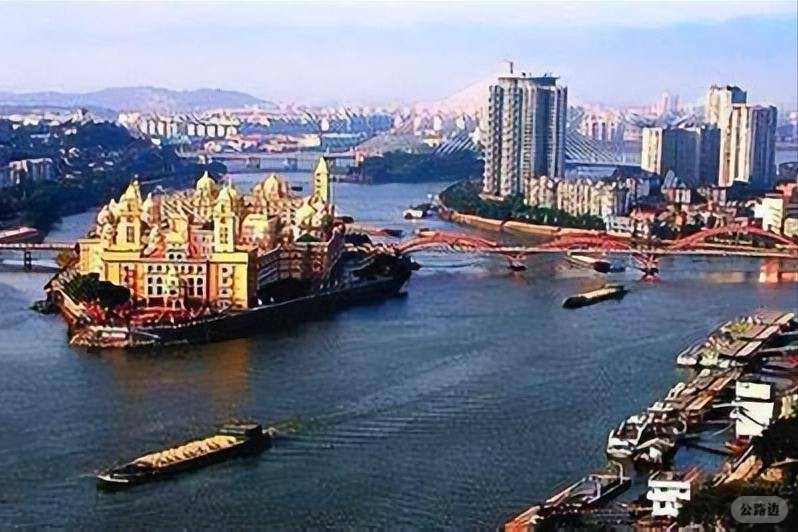
Next, Indian candidates face the most arduous and crucial university entrance exams. These exams have no unified standards or schedules; instead, each university determines its own exam content and rules. Compared to the large number of applicants, the acceptance rate of Indian universities is extremely low, with the acceptance rate of top universities even as low as 1%. To increase their chances of admission, many students take exams for multiple universities, engaging in a lengthy "exam marathon".
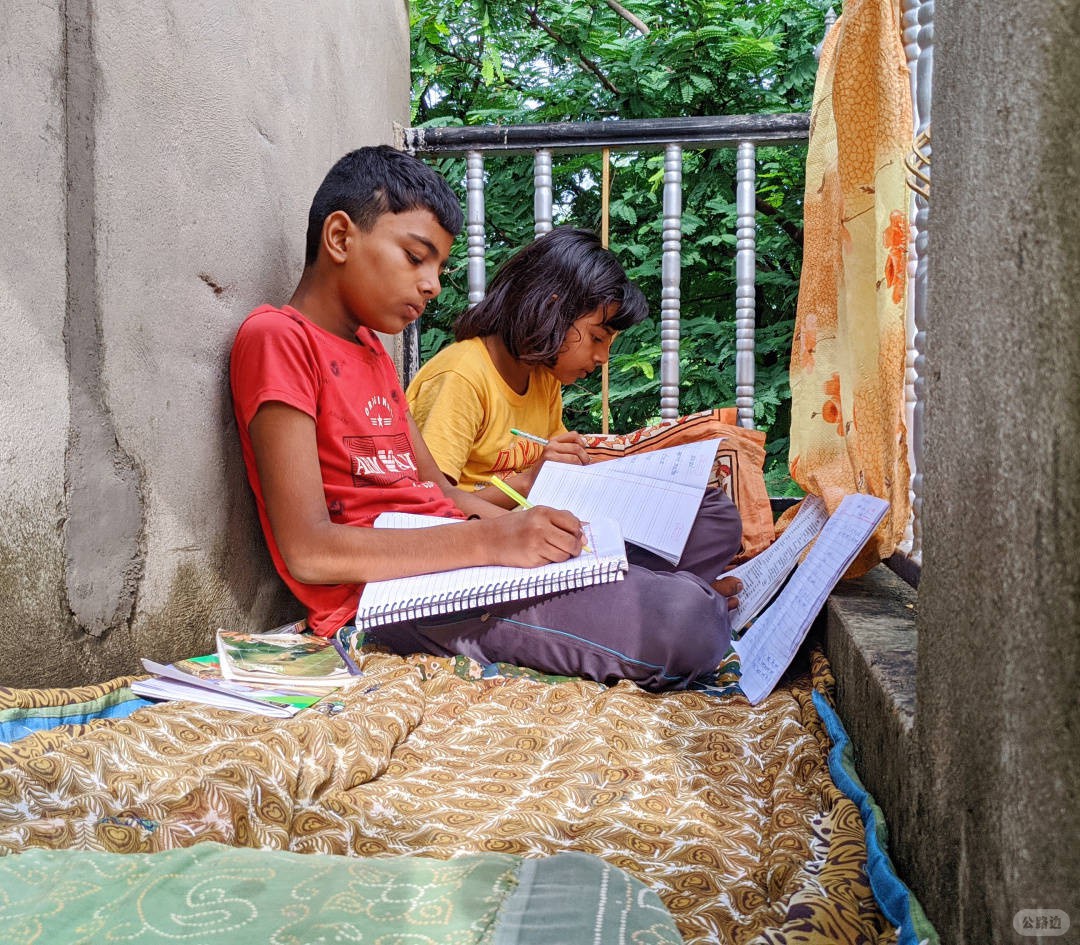
Some students have to take more than 20 different exams within just three months, remaining in a state of intense exam preparation throughout the year. What is even more absurd is that not only do the exam contents vary greatly between different exams, but the exam rules also differ significantly—some even include detailed requirements for clothing. A slight non-compliance can result in being denied entry to the exam hall.
India's education system is extremely unbalanced, with a stark contrast between its developed higher education system and underdeveloped basic education. While elites from India's higher education system shine on the international stage, the level of basic education is far behind, even lagging behind that of many poor African countries. Statistics show that only about 66% of children in India can successfully complete the fifth grade, meaning a large number of children drop out of school around the age of 10, resulting in a severe out-of-school problem.
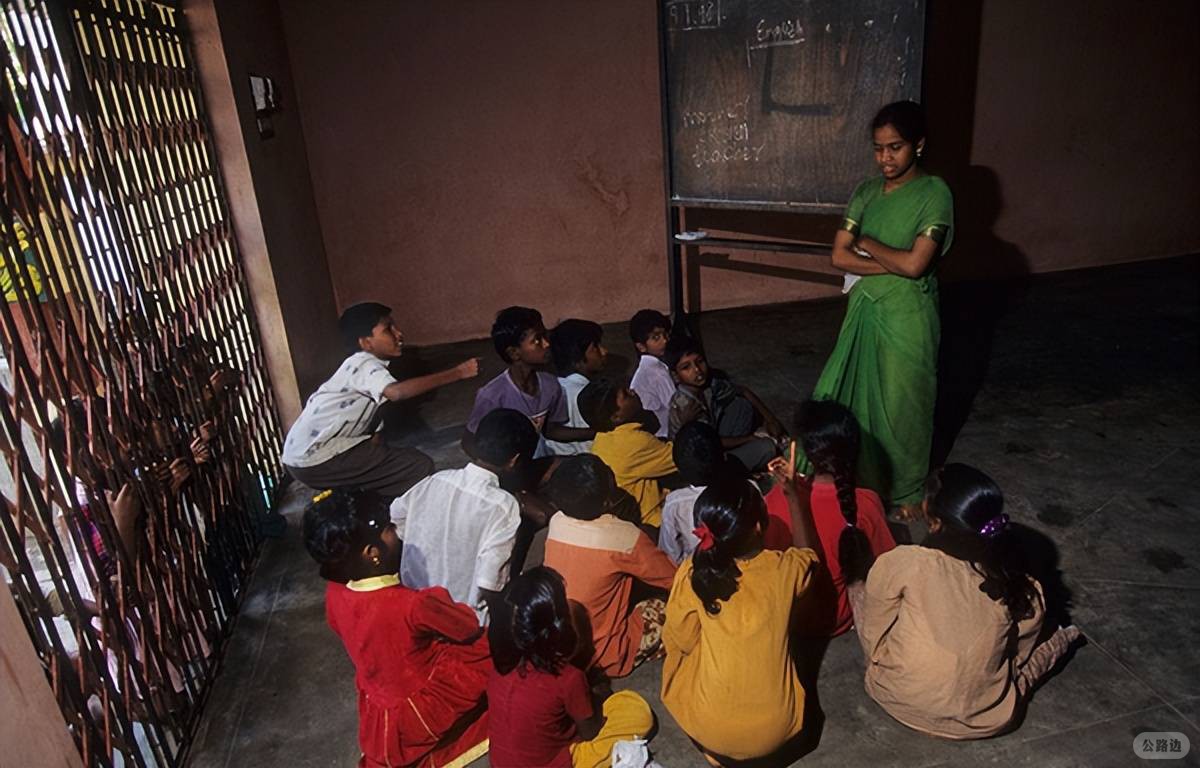
At the same time, primary and secondary schools in India are closing down one after another, leaving many children without access to education and shaking the foundation of basic education. In contrast to the predicament of basic education, India's higher education has developed rapidly over the past few decades, especially during the 2000-2010 period when the government vigorously promoted the expansion of universities. Today, India has over 1,000 comprehensive universities, along with nearly 40,000 other types of institutions. Science and technology have become key development areas in India's higher education.
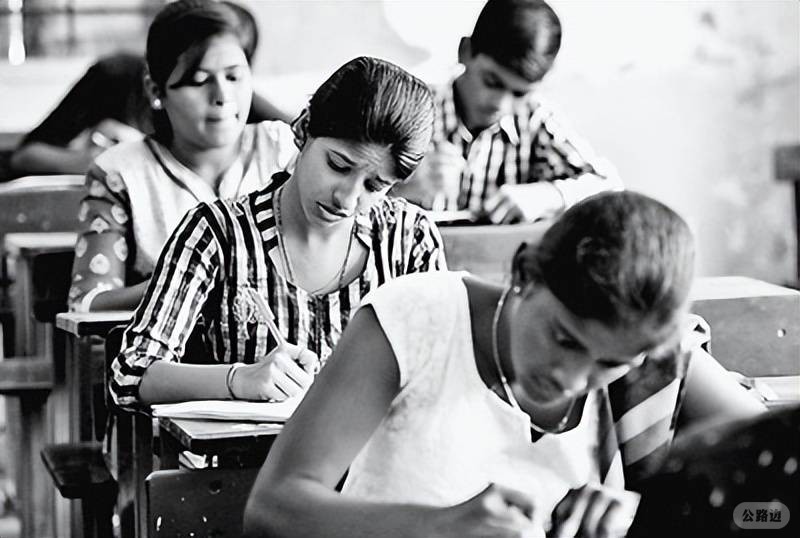
Online and distance education have also made significant progress in India. The Indira Gandhi National Open University in India is the world's largest online university in terms of student enrollment, with approximately 3.5 million students. The gap between public and private education is another prominent feature of India's education system, leading to uneven educational quality.
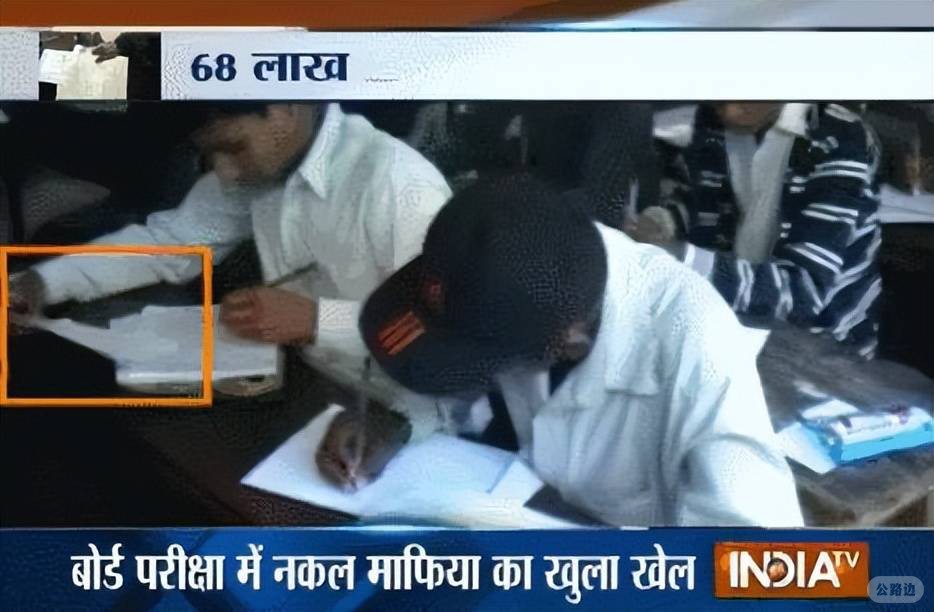
In India, while intelligence is certainly important, financial support is equally indispensable for accessing quality education. Private schools boast excellent teachers and good channels for university admission, making them highly competitive. In contrast, public schools generally suffer from weak infrastructure and limited educational resources. Many families with even a modest economic background prefer to send their children to private schools to secure their future development.
India's caste system is deeply rooted. High-caste families attach great importance to their lineage and will send their children to high-quality private schools, eventually enabling them to enter top universities and continue the family's glory. On the other hand, low-caste families have limited financial resources and can only send their children to nearby public schools. Public schools lack motivation for improvement, with teachers showing little sense of responsibility, making it difficult to guarantee teaching quality. As a result, students receiving public education struggle to compete with those from private schools in the fierce college entrance exam competition, further intensifying class solidification and making it nearly impossible for children from poor families to achieve upward social mobility.
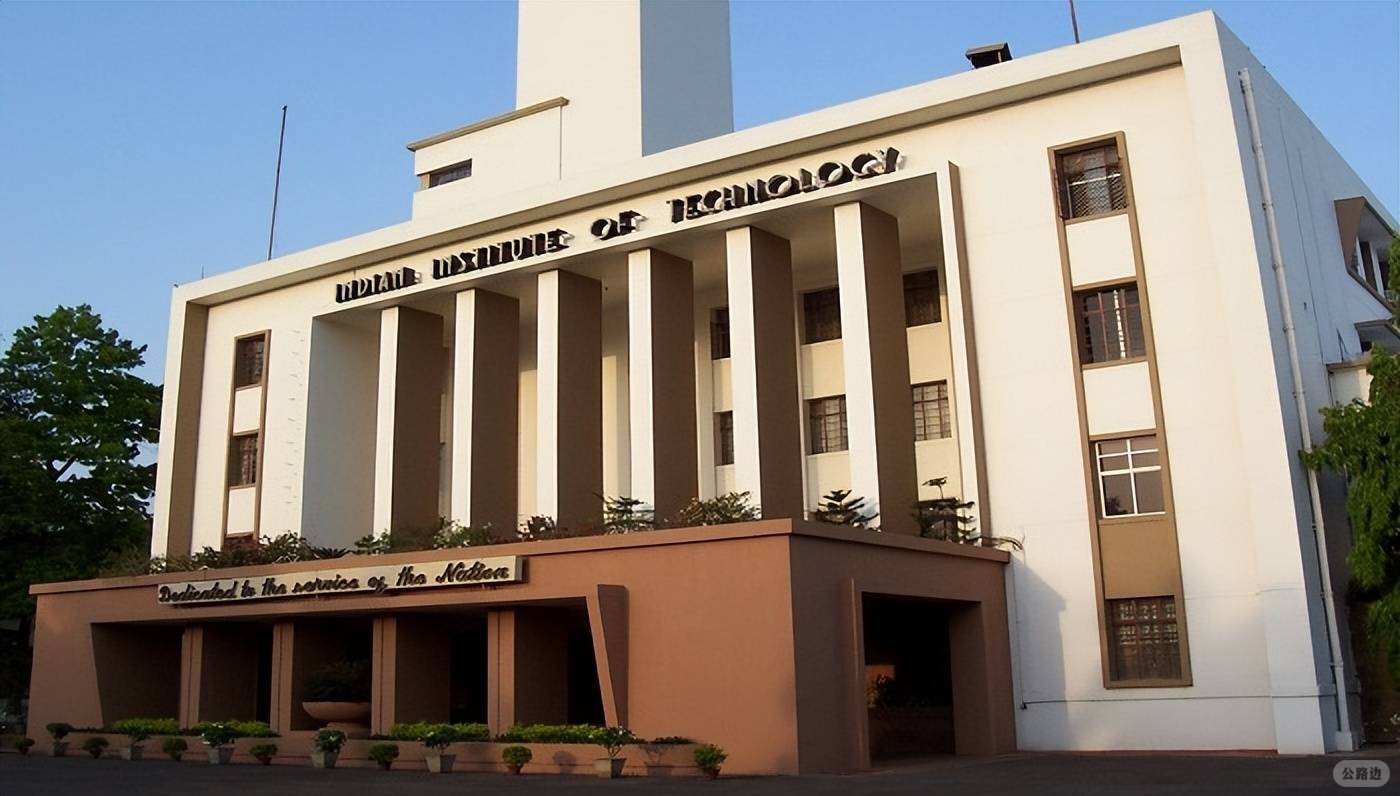
Despite the rapid development of India's higher education, the number of universities that truly reach world-leading levels is extremely limited. The Indian Institutes of Technology (IITs), as representatives of top universities, stand at the pinnacle of India's higher education pyramid. To build world-class institutions and cultivate scientists and engineers, India has invested enormous resources in the development of IITs, turning them into cradles of elite talent.
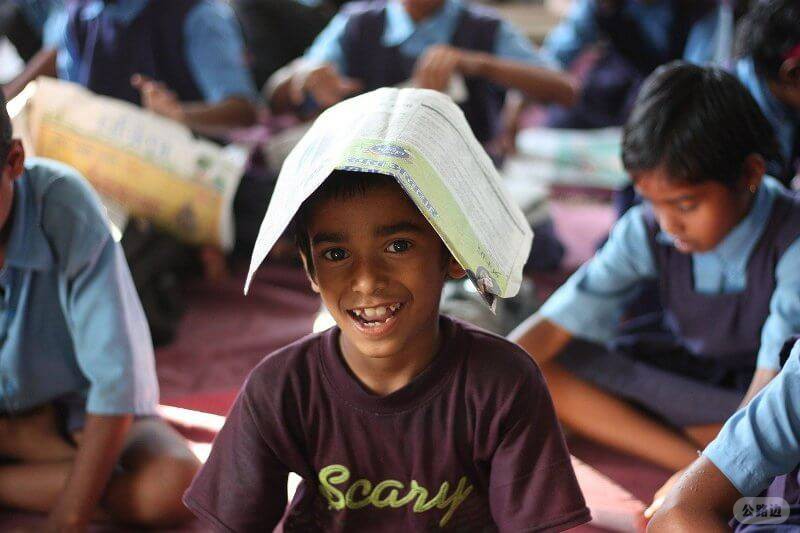
To ensure the independent operation of IITs, the Indian government has specially formulated the Indian Institutes of Technology Act, which clearly stipulates that these institutions enjoy autonomy and that no organization or individual may interfere in their operations. At the same time, the government guarantees that the institutions maintain a pure academic and research atmosphere and prohibits their involvement in commercial activities. Each year, IITs admit only about 8,000 students, with funding mainly coming from government appropriations.
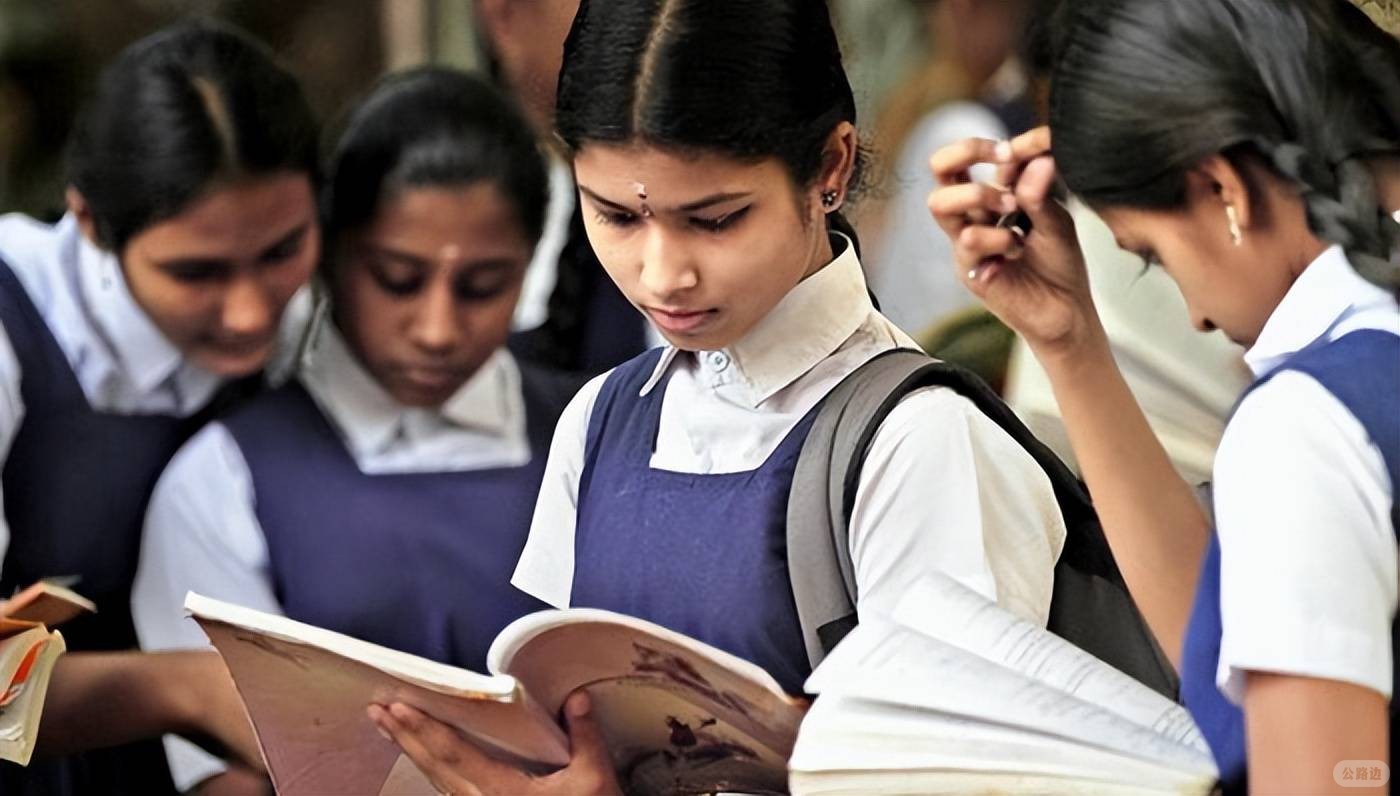
In terms of entrance exams, IITs use the specialized JEE as the screening criterion. Only students who pass this extremely rigorous exam are eligible for admission to IITs, Indian Institutes of Information Technology, and government-run technical institutes.
However, the role of these elite talents in improving India's overall educational situation is extremely limited. Students cultivated by IITs often exhibit a high degree of individualism. To pursue better career prospects, most of them choose to develop in the United States, turning IITs into a "springboard to America". Meanwhile, the problem of social polarization in India continues to worsen under such an education system. With a reduction in job opportunities and a rise in unemployment, many young graduates struggle to find a foothold in their home country.
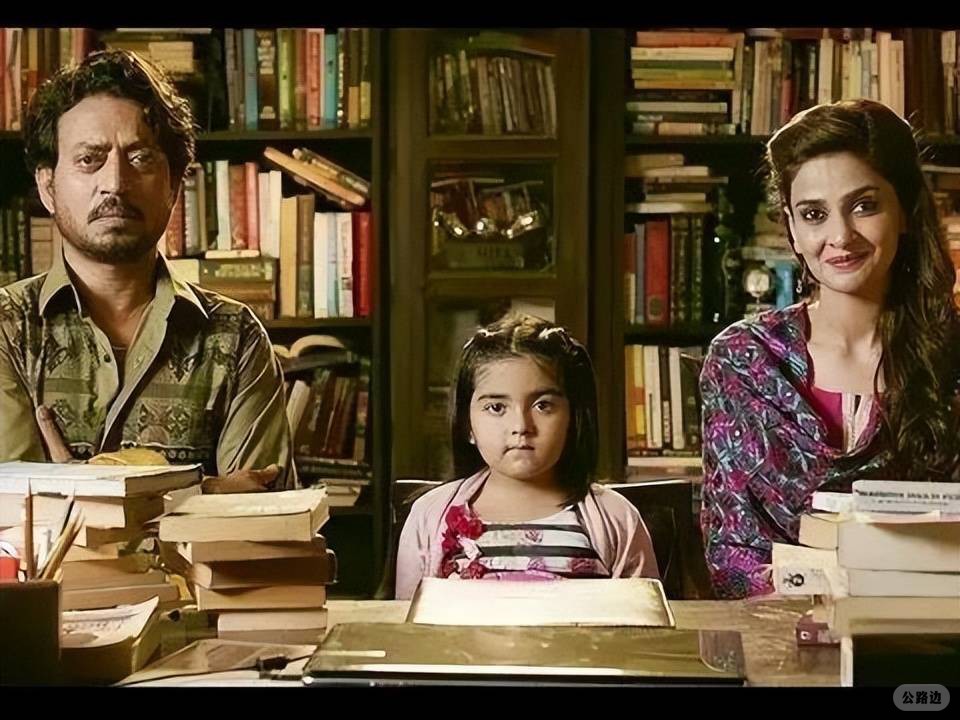
The insurmountable barriers in higher education have given rise to India's crazy cram school culture. The town of Kota has become the national center for JEE exam preparation, attracting hundreds of thousands of students every year. In this crowded town, students spend two years constantly practicing exam questions to prepare for the JEE. Each classroom is usually packed with over 200 students, and the schedule is extremely tight, with students engaged in study almost around the clock.
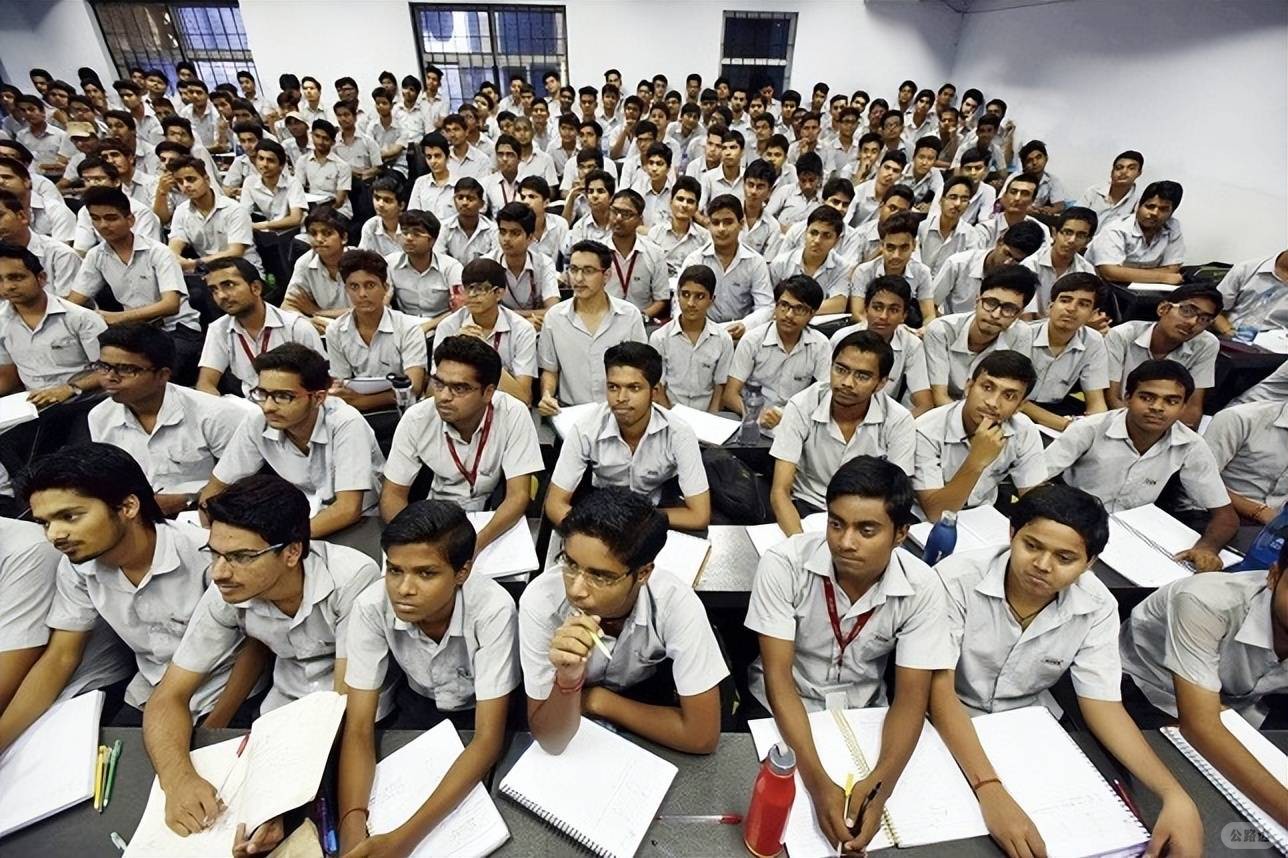
Students preparing for the exam can only ensure six hours of rest per day, spending the remaining 18 hours on studying and solving problems. This large-scale and high-pressure cram school industry is actually built on a huge lie: despite the enormous investment, only a tiny number of students—often just a few—pass the JEE and gain admission to IITs each year.
Sadly, the number of students who choose to end their lives under extreme academic pressure even exceeds the number of those who successfully gain admission. Kota has the highest suicide rate among Indian towns, with most deaths related to exam failure.
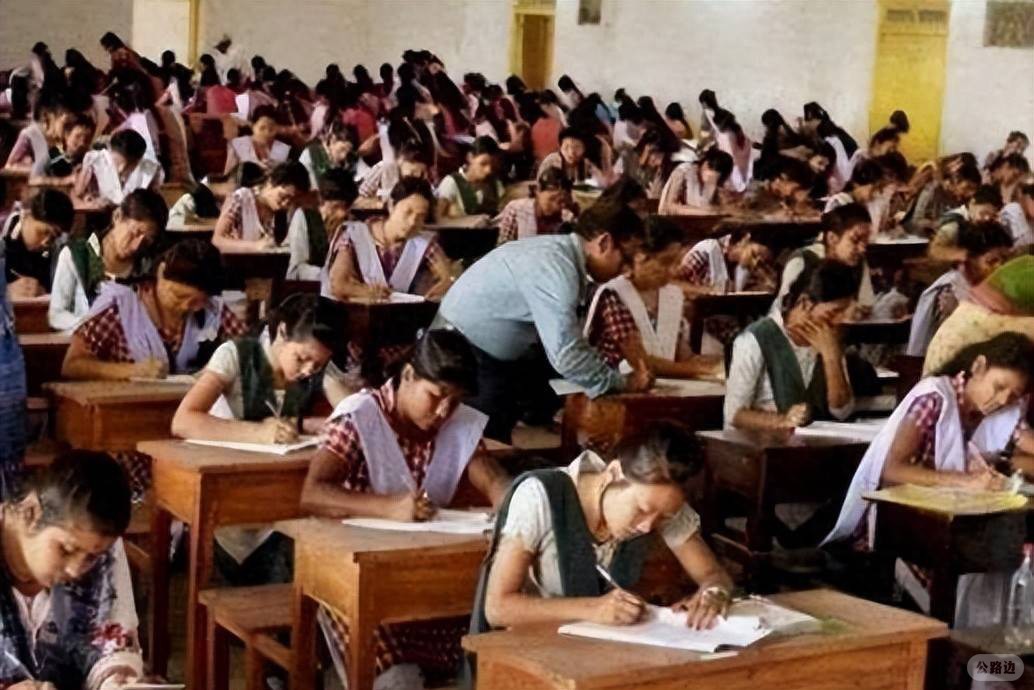
In addition to Cram for classes,the fierce competition in India's college entrance exams has also spawned a gray industry chain of cheating. High-tech cheating tools such as microphones and invisible earbuds are widely used. In response, Indian universities have formulated a variety of detailed exam rules to prevent cheating.
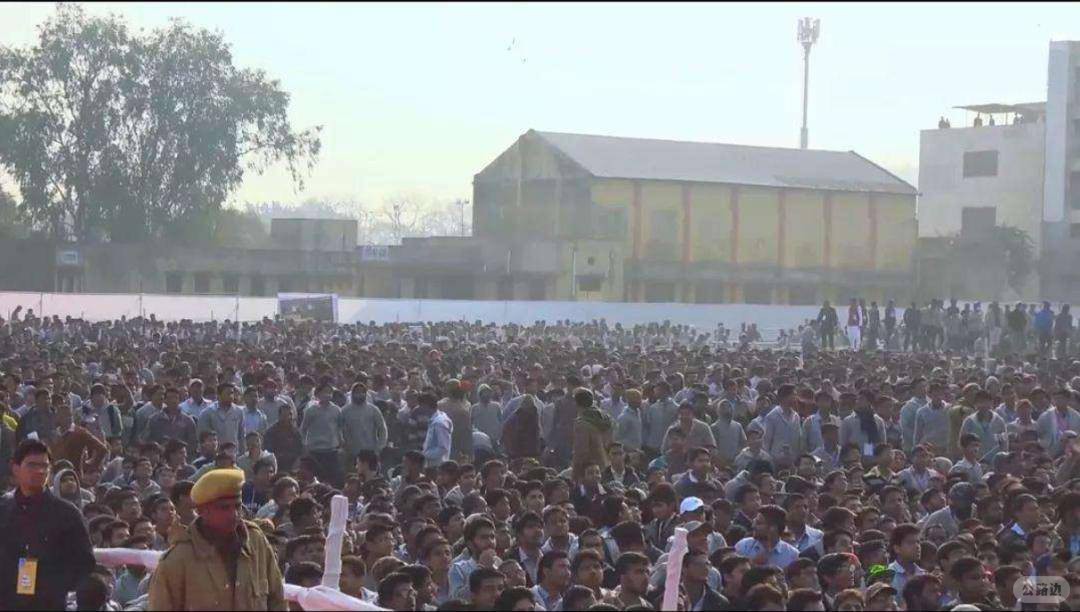
The crazy involution and extreme competition in India's education system offer profound insights for China's education reform. Faced with a large population base, educational resources should be more equitably distributed to benefit the general public, rather than becoming a privilege of a few. Achieving educational equity and improving educational quality are key directions for future educational development.
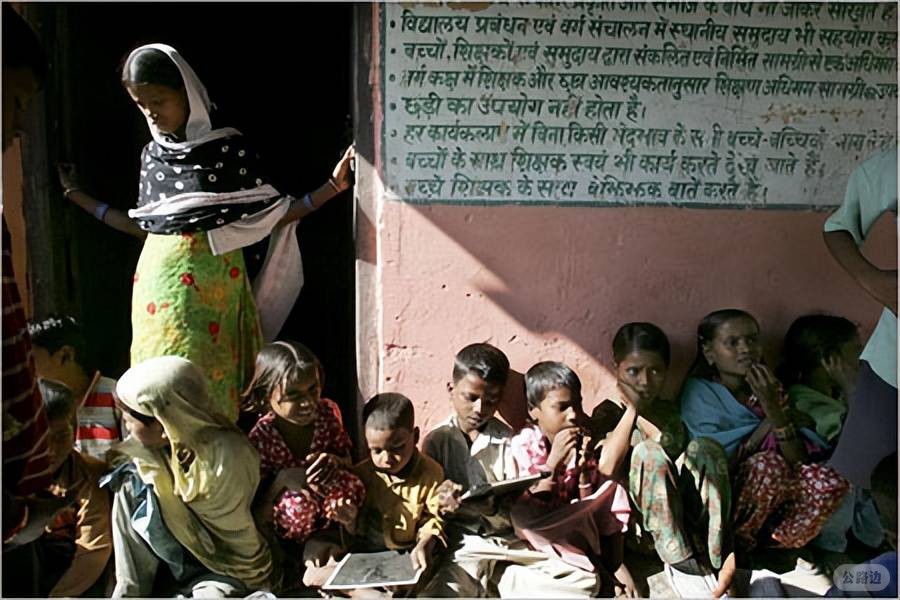
|